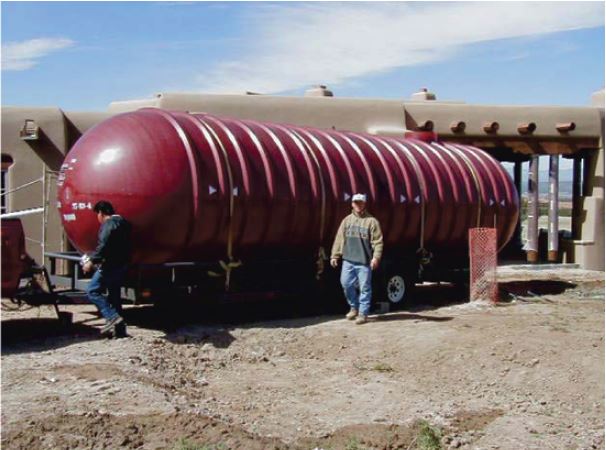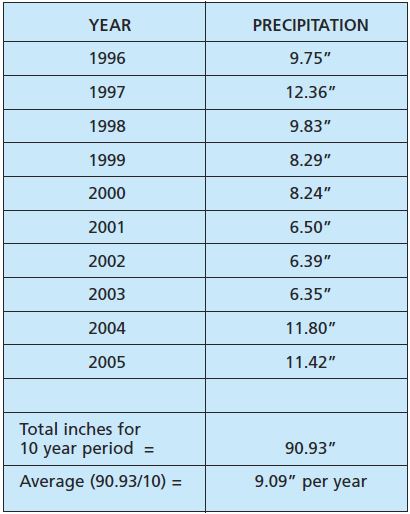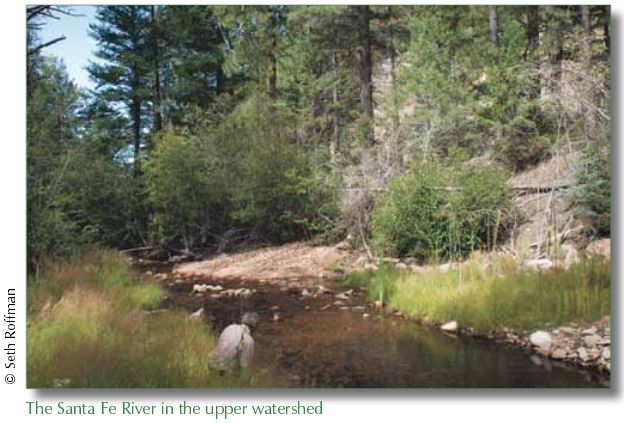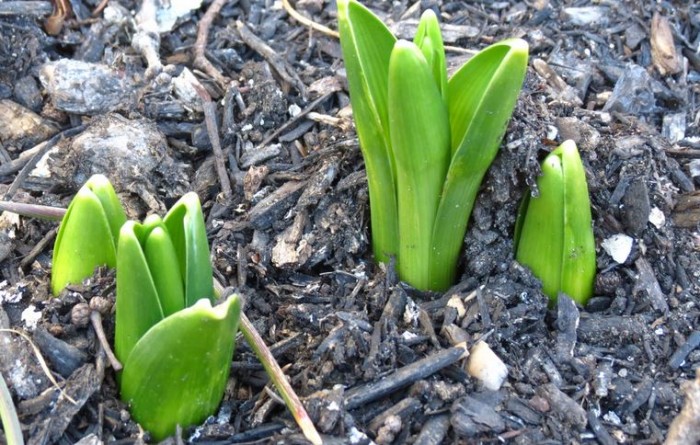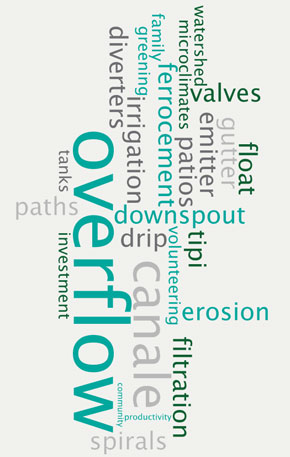The PermaDesign Weblog, with Nate Downey and Melissa McDonald!
Roof-Reliant Landscaping™ Step 11D: Sizing Your Cistern: Part IV – Consider Rainfall Patterns
Some landscape professionals have been known to say that the only cistern that is too large is the one you cannot afford. That’s because in New Mexico, we tend to get infrequent rainfall events. A typical “good” monsoon season consists of a handful of rainfall events that deliver quite a lot of rain (1/2 to 2 inches of rain) at a time. For example, it is not uncommon for areas in New Mexico to receive 1.5 inches of rain within a 24-hour period every two or three years. This would produce almost 1,700 gallons of water from a 1,800 square foot roof. If your water storage ank holds 2,000 gallons and you've already “banked” 500 gallons, then almost 200 gallons of water would overflow out of your cistern.
So, if the budget allows for a larger tank—and there is space on the property for a larger tank—consider applying the One-Half Rule (or even more) if you want to minimize the rainfall events that produce more water than your cistern can hold.
Precipitation can come at any time of year in New Mexico, and you can expect to distribute some portion of your rainwater harvest in between storm events. Therefore, it is unnecessary to have a cistern large enough to store an entire year's worth of precipitation.
For this reason, the recommended cistern size is approximately one-third of the amount that can be collected in a normal year. Therefore, the owners of the 1,800-square-foot roof in the Albuquerque example on the previous page should consider a cistern in the 2,000 to 3,000 gallon range.
10/15/2015 | (0) Comments
Roof-Reliant Landscaping™ Step 11C: Sizing Your Cistern: Part III – Understanding Normalcy
Now that you have determined the square footage of your collection area, the next step in sizing your cistern is to estimate the amount of precipitation that you might collect in a given time period. It is important to note that there is a significant distinction between “average” and “normal” when discussing the amount of precipitation your location receives in a year.
Although average annual precipitation data is easy to find for most municipalities and counties throughout the state, the concept of average precipitation is misleading in New Mexico. It is actually normal for a location to get 20 percent less precipitation than the average annual precipitation figure. This is because occasional wet years skew the average.
10/12/2015 | (0) Comments
Roof-Reliant Landscaping™ Step 11B: Sizing Your Cistern: Part II-Roof Shape
It is not uncommon for a roof to be affected by other factors that can slightly complicate this simple calculation. The most common of these factors occurs when two roof surfaces need to be added together, as in the figure below. The house shown below has a garage, which should be included in the total roof square footage. Buildings such as portals, sheds, shade structures and other roof surfaces that can serve as collection areas also need to be included in your calculations.
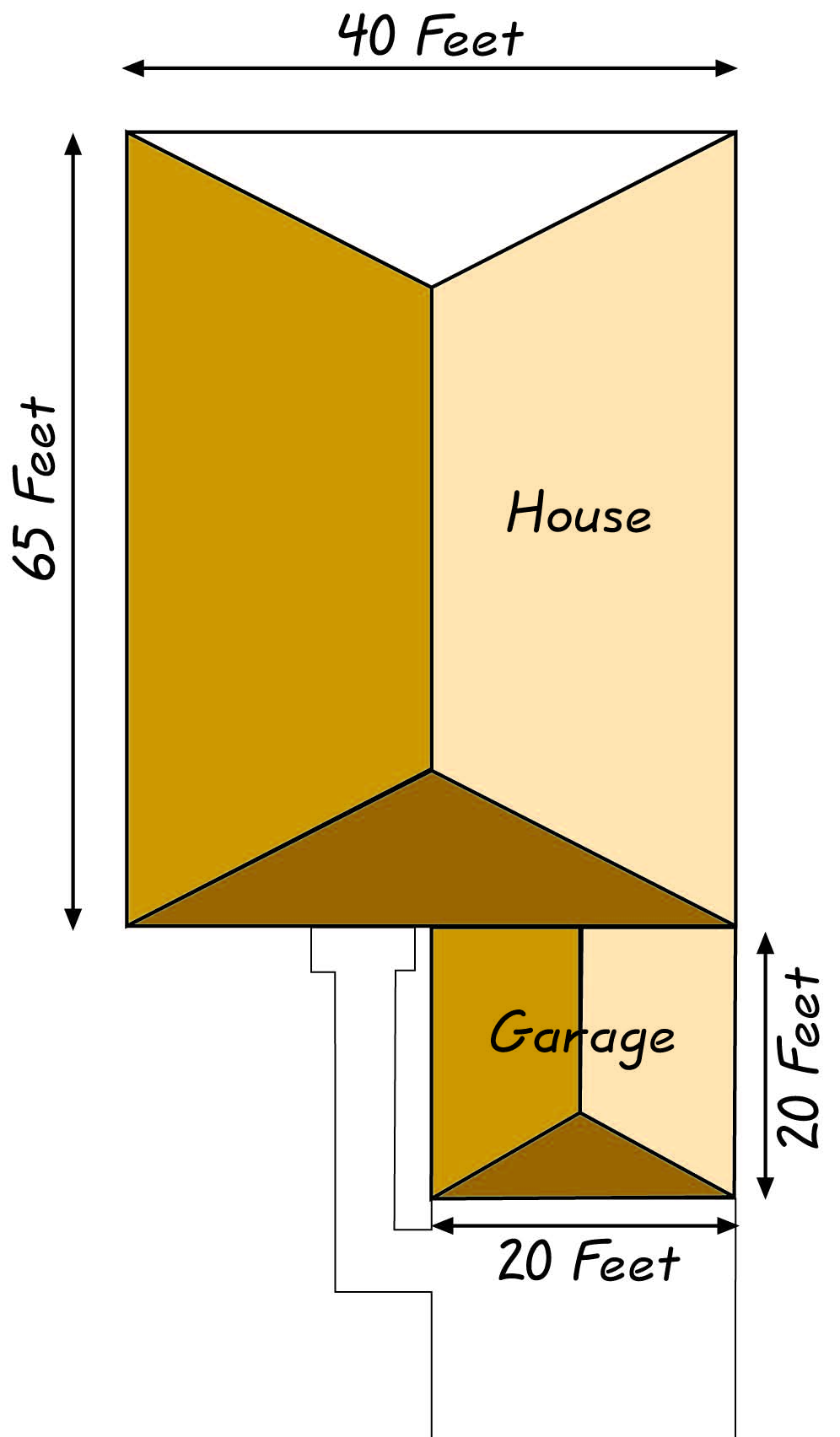
10/08/2015 | (1) Comments
Check Out My Green Fire Times Article
Here's an article I wrote for "Green Fire Times." It's on page 21 of the October issue about Sustainable Santa Fe, and it's called "A River Runs Through Us."
10/07/2015 | (0) Comments
Roof-Reliant Landscaping™ Step 11A: Sizing Your Cistern: Part 1-Roof Size
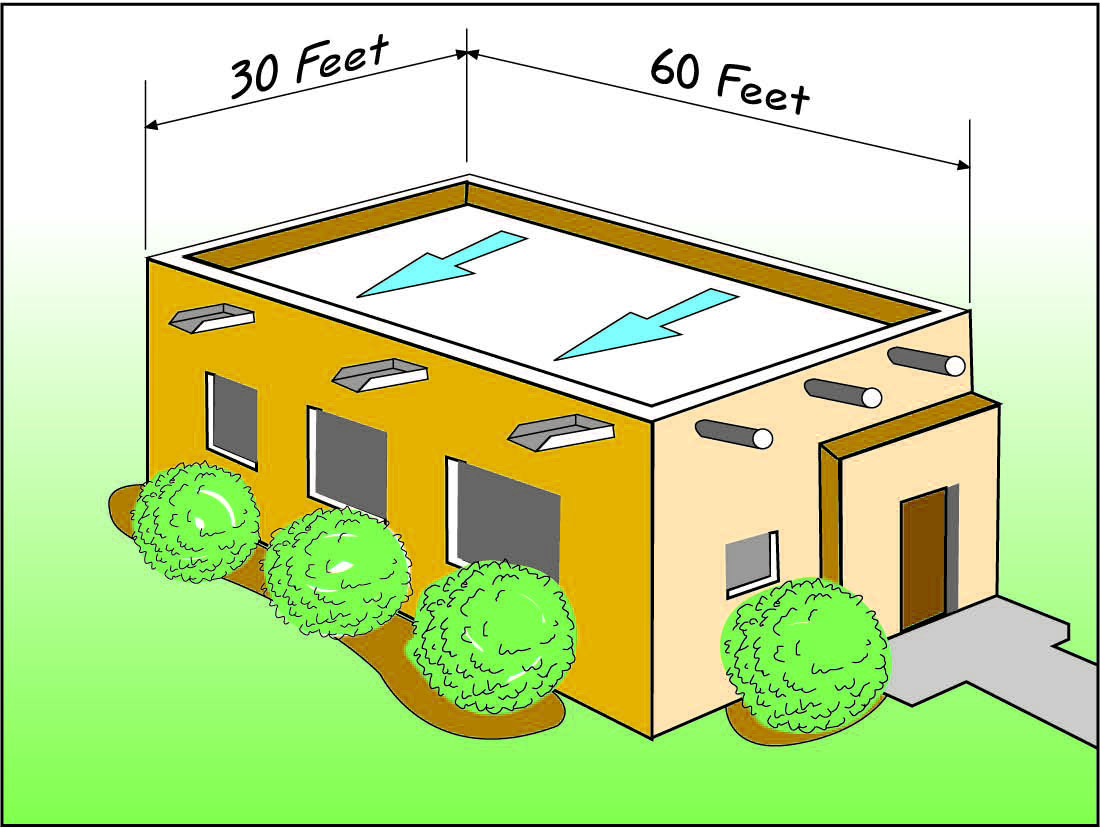
One of the first steps in any roof-reliant landscaping project is estimating the appropriate size of your water storage tank. This estimate will be required as you begin to design your landscape, estimate its cost, create your water budget and schedule the installation of your project. Knowing the exact size of your system will, of course, be of critical importance when you actually design your cistern system.
You can determine the appropriate size of your cistern by taking the following simple steps:
• Calculate the catchment area of your roof
• Estimate your “normal” rainwater harvest
• Apply the One-Third Rule
10/05/2015 | (2) Comments
State’s Book Freed by Patti’s Tenacity
In the decade since contracting to be the “principal author” of the state’s free e-book, Roof-Reliant Landscaping: Rainwater Harvesting with Cistern Systems in New Mexico, water harvesting — the collection, conveyance, storage, filtration, and redistribution of rain, snow, sleet, hail, dew, and fog — has been gaining in popularity.
10/05/2015 | (0) Comments
Fall Bulb Fertilizer Fix
Fall or Spring is an excellent time to ready your tulips and daffodils for the new year. The following recipe provides calcium and phosphorus bulbs desire for a healthy emergence.
Ingredients:
2-3 Pounds Bone Meal
2-3 Pounds Blood Meal
2-3 Pounds Greensand(is the soil is near neutral) or Wood Ash if the soil is acidic
Make sure that you wear a dust mask or respirator, gloves, and safety goggles and carefully mix the ingredients in a suitable container. Top-dress established beds with the mixture without working it into the soil. Allow moisture over the coming month to wash the fertilizer into the soil.
09/30/2015 | (0) Comments
Roof-Reliant Landscaping™ Step 10: Going Underground
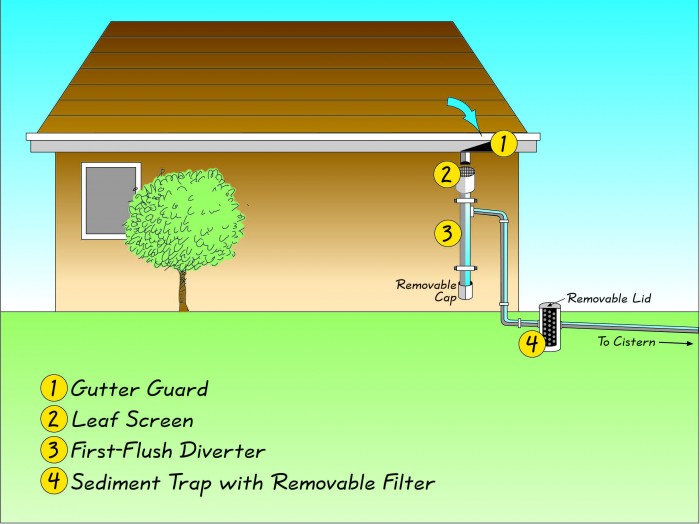
An underground cistern system is much more than a buried water tank. In order to function properly, a rainwater harvesting system with an underground cistern must efficiently collect water from a roof, filter dirt and debris from the water, and convey clean water to the cistern for storage. The stored water will then be available for landscape use when needed.
09/27/2015 | (0) Comments
Roof-Reliant Landscaping™ Step 9: From Rainbarrel to Cisterns
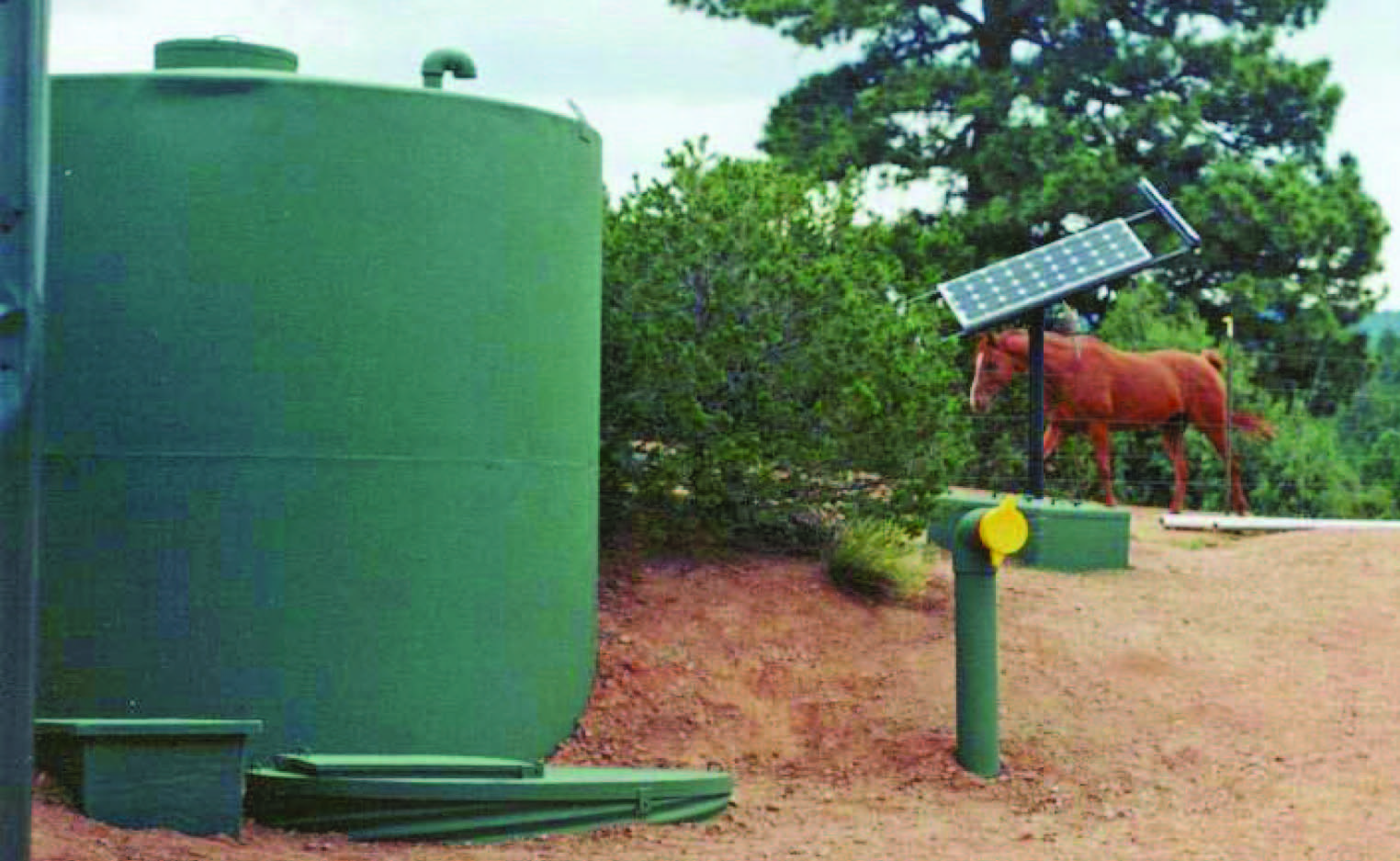
As the storage capacity of rainwater harvesting systems grows, their complexity and cost also grow. In modest systems, storage tanks can consist of rainbarrels that can be purchased at retail stores and landscape supply outlets. When simple rainbarrels do not provide adequate water storage, rainbarrels can be connected together with pipes to provide more storage capacity. In more ambitious systems, larger tanks designed for water storage can be purchased and delivered onsite. Sometimes storage tanks are built onsite to precise specifications.
09/25/2015 | (0) Comments
Straw Bale Composting
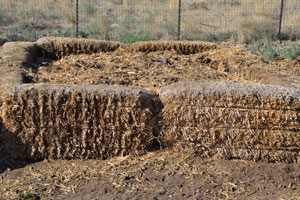
Straw Bales make for a great composting enclosure. They provide a breathable yet moisture retaining environment that itself becomes compost in time.
Ingredients:
8-12 straw bales
Loose Straw
Assorted green plant waste
Begin by arranging the bales 2 high in a “U” shape leaving on side open. As you begin to add waste to your compost alternate 2 to 3 inch layers of loose straw for every 1 to 6 inches of green waste. Make thinner layers for green waste that might tend to mat together and wider layers for loose waste that has more space between it such as tomato plants. Sprinkle a layer of soil on top of each green layer. The bales should hold together for a couple of years as the compost forms. When the compost is harvested, recycle the straw as mulch or more compost. Use new straw bales for a new bin when the old one has been used up.
09/24/2015 | (0) Comments
